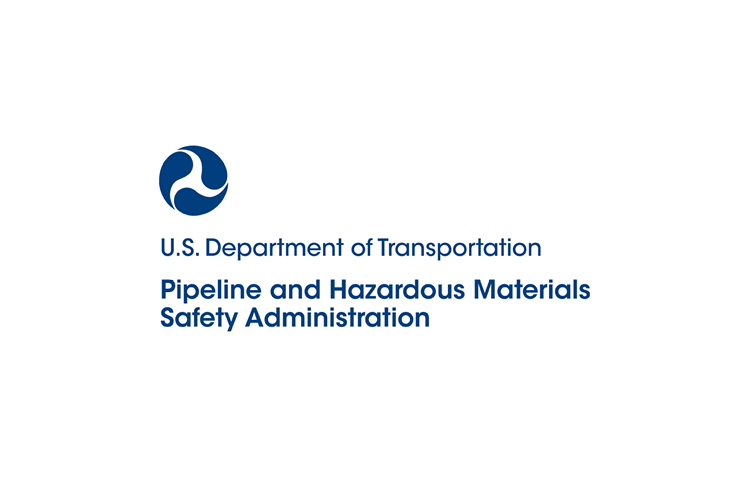More Than 644,000-km of Gas Gathering Pipelines Placed Under Federal Oversight

The Pipeline and Hazardous Materials Safety Administration (PHMSA), after several years of drawn-out deliberation and coinciding with the Glasgow Climate Talks, will be issuing a final ruling that expands federal pipeline oversight to all onshore gas gathering pipelines. This determination will apply federal pipeline safety regulations to thousands of high pressure gas gathering pipelines which heretofore have not been subject of such scrutiny. The final rule will—also for the first time—require pipeline operators to report safety information for all gas gathering lines, representing more than 644,000 additional kilometers covered by federal reporting requirements.
“After years in development, these new regulations represent a major step to enhance and modernize pipeline safety and environmental standards” said U.S. Transportation Secretary Pete Buttigieg. “This rule will improve safety, reduce greenhouse gas emissions, and result in more jobs for pipeline workers that are needed to help upgrade the safety and operations of these lines.”
The gas gathering pipelines have not performed well being outside of the federal purview. Specifically a number of incidents have occurred on these high pressure, unregulated lines—tragically leading to fatalities, injuries, and large amounts of greenhouse gas (methane) emissions:
- On June 8, 2010, a bulldozer struck a 14-inch gas gathering line in Darrouzett, Texas, causing an explosion that killed two workers and injured three others, including one worker who was critically injured and required medical evacuation by helicopter.
- On June 29, 2010, three men working on a 24-inch gas gathering line in Grady County, Oklahoma, were injured when it exploded; one worker was airlifted to a nearby hospital with burns covering half of his body.
- On August 9, 2018, corrosion on a 10-inch gas gathering line resulted in another explosion in Midland, killing a three-year-old girl and badly burning three other members of her family.
- On September 10, 2018, a pipeline exploded shortly before 5 a.m. in Center Township, Pennsylvania, destroying one home about 500 feet from the blast, prompting evacuations of neighbors, damage to power lines, and closing the nearby interstate.
Alarmingly, more than 1,000 metric tons of high-global-warming-potential methane gas are emitted, on average, with each pipeline rupture. A single rupture from a large, high-pressure gas pipeline can release more than 1,300 metric tons of methane emissions into the atmosphere.
